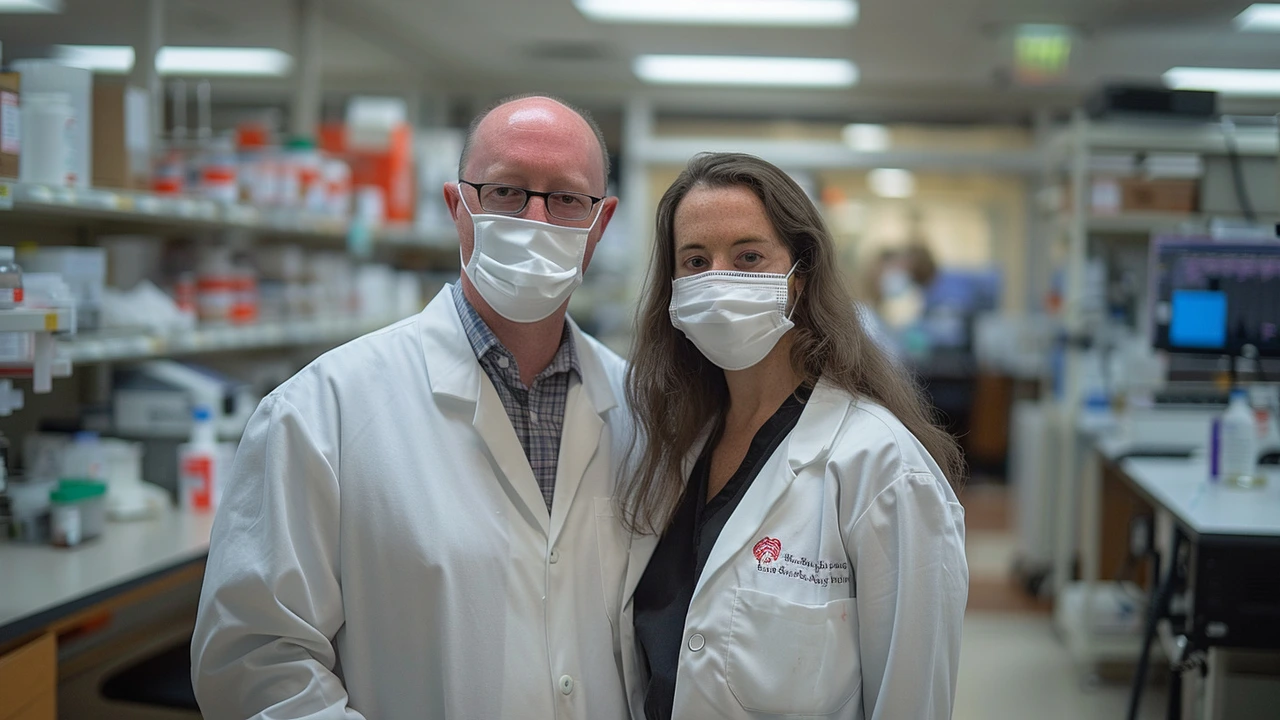Cell testing: what it is and what to expect
A single drop of blood or a tiny swab can answer big health questions. Cell testing looks at cells under a microscope or runs them through machines to spot infection, inflammation, cancer cells, or blood problems. You might get a cell test after symptoms, during a checkup, or to monitor a condition.
Tests vary by purpose. Some check blood cells, others examine cells from the cervix, skin, or a wound. Labs can grow cells in culture to find bugs, or use staining and imaging to spot abnormal shapes. Results guide treatment decisions—fake alarms and missed findings can happen, so tests are one part of the puzzle.
Common types of cell tests
Complete blood count (CBC) — This is the most common. It measures red and white blood cells and platelets to spot anemia, infection, or clotting issues. It’s done with a simple blood draw.
Cytology (Pap smear and others) — Cells are scraped from a surface like the cervix to check for precancer or infection. It’s quick and usually painless.
Biopsy and histology — A small tissue sample is taken from skin, organ, or lump and examined for cancer or chronic disease. This may need local anesthesia and a short recovery.
Cell culture and sensitivity — Labs grow cells or bacteria from a sample to find the exact bug causing infection and which drugs kill it. This helps pick the best antibiotic.
How to prepare and what results mean
Preparation is usually simple. For blood tests, stay hydrated and follow fasting instructions if given. For biopsies or cultures, your provider will explain any medication holds and what to expect during the procedure.
Turnaround times vary. CBCs and Pap smears can return in days; cultures and biopsies may take several days to a week. If results are urgent, labs and clinics can speed things up.
Results are rarely black-and-white. A normal CBC doesn’t rule out disease, and abnormal cells may need repeat testing or extra scans. If a test shows infection or cancerous changes, your provider will explain next steps—additional tests, medication, or a referral to a specialist.
Ask these questions when you get tested: Why is this test needed? What will results change about my care? How long until results? What are the risks? Who will explain findings?
If you get a positive or unclear result, don’t panic. Get a clear plan from your clinician. A second opinion or repeat test is often the sensible next step. Keep copies of reports and ask for plain-language explanations if the lab report looks like a foreign language.
Cell testing is a tool that helps you and your doctor make better choices. Understand the type of test, how to prepare, and what follow-up might look like. When in doubt, ask — clear answers help you take action faster. Bring a list of current medicines, allergies, and recent symptoms to your appointment so the lab and doctor can match results to your full health picture.

Common Antihistamines Show Potential in COVID-19 Treatment: A Breakthrough in Cell Testing
Recent research reveals that hydroxyzine, diphenhydramine, and azelastine, commonly used antihistamines, may prevent COVID-19 infection in lab cells. These findings, needing clinical trials, could mark a significant step in the fight against the pandemic.
Read More